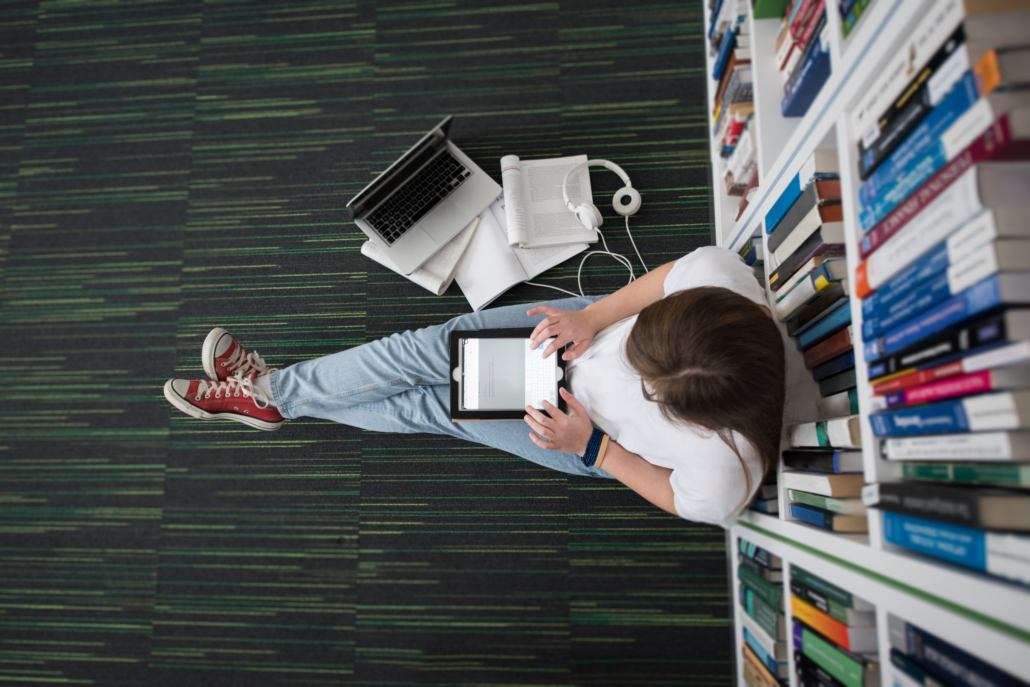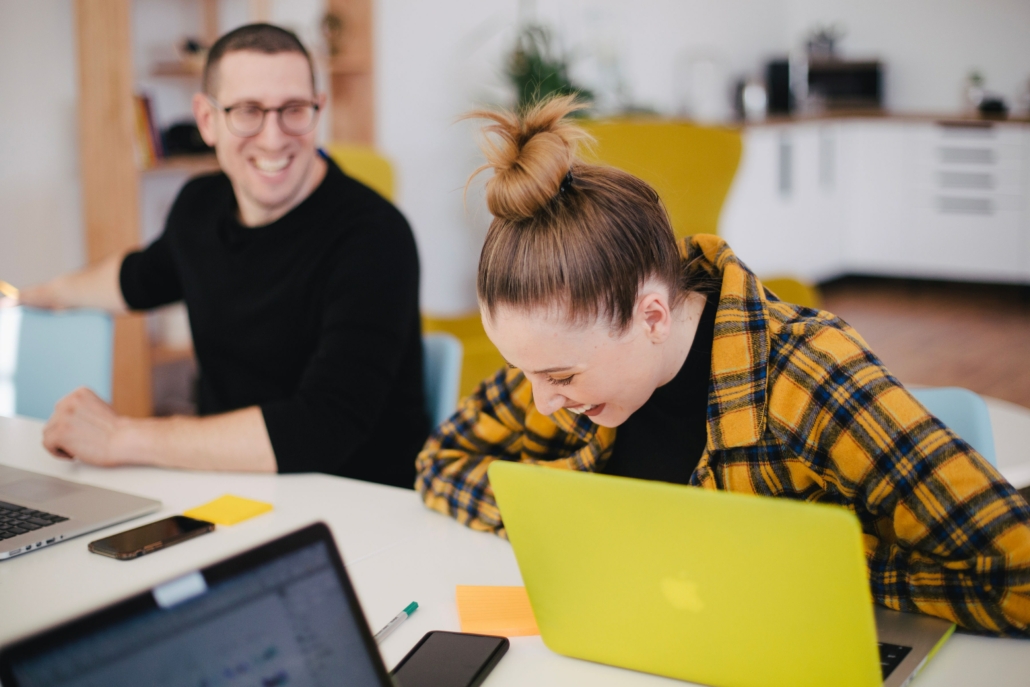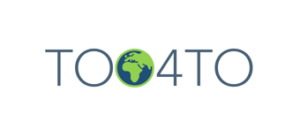Individual and team level reflections as tools for sustainable learning
Today, almost every organization operates in virtual and even more complex environments. The Sustainable Management: Tools for Tomorrow (TOO4TO) project has addressed this challenge and contributes to the goal of better and more sustainable virtual leadership by integrating the development of virtual team leadership and sustainable leadership skills in a sustainable management e-learning course. In addition, the project promised to develop learners’ skills needed in virtual teamwork.
TOO4TO course provides learners an opportunity to form multidisciplinary and multicultural virtual teams and work on an authentic real-life sustainable management case. Pedagogical approaches are applied in these authentic learning activities and environments (e.g., Lakkala & al. 2015). However, we know that it is quite common that in a project-based course like this, the student teams have strong task orientation and focus heavily on the final output (see Jaime & al. 2019). This usually lowers the importance of developing sustainable team working and leadership skills (soft skills). The risk of low importance on developing teamwork and leadership skills risk can be reduced by using reflections as tools as part of learning activities. Both individual level and team level reflections are included because virtual collaboration is seen as a team construct, consisting of the individual members’ thoughts and experiences of working in a team (Liao 2017).
To enhance project-based learning experiences in the TOO4TO-course, the reflection of learning is knotted into the learning process.
Every student is encouraged to post an individual learning reflection diary to the eLearning environment. Individual reflections impact learning and help learners to learn by
- increasing the depth of knowledge,
- identifying the areas that need improvement,
- personalizing knowledge, and
- helping learners see the structural connections in knowledge and creating social connections among them. (Chang 2019).

In the learning diaries students explain e.g., their knowledge of the course content, attitudes, feelings and learning strategies as well as connections and cooperation with other students.
It helps to describe one’s own experience, which supports personal growth and helps to identify weaknesses and strengths related to learning (Humak 2022).
Every team will also reflect their teamwork at the team level. Team level reflections keep the teams on course, strengthen team members´ abilities, and use problem-solving to examine teamwork. Teams also need rules and procedures as well as skills to identify and overcome interpersonal conflicts, deal with failures, and celebrate success as they work together. Team level reflections lead to
- operational cohesion,
- collective orientation toward the task,
- close relationships within the team,
- shared meanings,
- greater coordination,
- clearer communications.
(Liao 2017).
However, it is good to note that students and student teams also need support in understanding the importance and technique of reflection (see Köpeczi-Bócz 2020).

To sum up,
- both individual reflections and team level reflections are necessary for learning
- reflections support students and student teams in transition from passive learners to active learners
- reflections enable the teachers to follow the student teams´ progress and intervene in a timely manner if necessary.
Of course, the use of reflections as a tool is not only limited to education and training but is also a useful tool in working life. Virtual team members need routines like time set aside for teams to reflect together on what they are learning and what they might do differently (Dixon 2017). Applying reflections already in educational settings encourages students to continue their learning journey in real-life virtual projects leading to lifelong learning as one aspect of sustainable learning (Graham & al. 2015).
Written by Mervi Varhelahti, Marjatta Rännäli & Susanna Saari, Turku University of Applied Sciences
References:
Chang, B. (2019). Reflection in learning. Online Learning, 23(1), 95-110.
Dixon, N. (2020). Learning together and working apart: Routines for organizational learning in virtual teams. The Learning Organization, April 2017 Issue. Accessed on 08 February 2020 via ResearchGate: https://www.researchgate.net/publication/315592876_Learning_together_and_working_apart_routines_for_organizational_learning_in_virtual_teams
Graham, L., Berman, J. & Bellert. A (2015). Sustainable Learning: Inclusive Practices for 21st Century Classrooms. Cambridge University Press.
Humak (2022). Pieni opas kirjoittamiseen. https://humak.libguides.com/c.php?g=682305&p=4888060
Köpeczi-Bócz, T. (2020). Learning portfolios and proactive learning in higher education pedagogy. International Journal of Engineering Pedagogy, 10 (5). https://doi.org/10.3991/ijep.v10i5.13793
Lakkala, M., Toom, A., Ilomäki, L. & Muukkonen, H. (2015). Re-designing university courses to support collaborative knowledge creation practices. Australasian Journal of Educational Technology, 31(5), 521-536. https://doi.org/10.14742/ajet.2526
Liao, C. (2017). Leadership in virtual teams: A multilevel perspective. Human Resource Management Review, 27(4), 648-659


